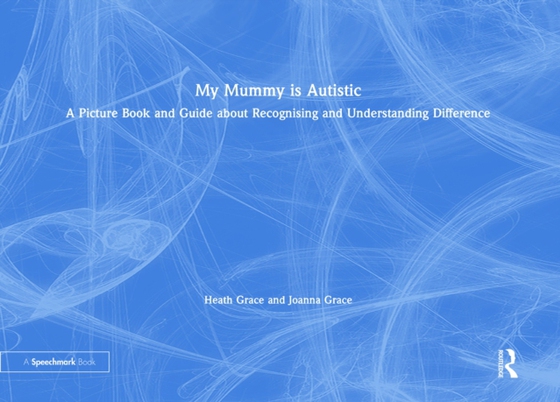
My Mummy is Autistic e-bog
158,16 DKK
(inkl. moms 197,70 DKK)
This original and imaginative book has been created by five-year-old Heath. In it, Heath illustrates his understanding of his autistic mother Joanna, giving insight into the different ways in which autistic and neurotypical people understand language. In his simple and uncomplicated style, accompanied by bright and colourful illustrations, Heath explains why his mother's brain understands words...
E-bog
158,16 DKK
Forlag
Routledge
Udgivet
21 oktober 2020
Længde
44 sider
Genrer
Family psychology
Sprog
English
Format
pdf
Beskyttelse
LCP
ISBN
9781000193480
This original and imaginative book has been created by five-year-old Heath. In it, Heath illustrates his understanding of his autistic mother Joanna, giving insight into the different ways in which autistic and neurotypical people understand language. In his simple and uncomplicated style, accompanied by bright and colourful illustrations, Heath explains why his mother's brain understands words at a different rate than his own, and how they communicate in spite of their differences. Heath's work is accompanied by explanatory notes exploring Joanna's own experience of autism and language.Key features include:A Foreword by broadcaster, environmentalist and author Chris Packham, on acceptance, understanding, and expressing an autistic reality A unique exploration of language processing differences told through the eyes and mind of a child. Bright, colourful pictures and simple language, perfect for inspiring conversations about neurodiversity between people of all ages. Explanatory text that can be read alongside the story. Autism portrayed as a positive and permanent neurological difference, not deficit. The combination of story and commentary makes this book a unique tool for all people seeking to explain and understand difference, regardless of age and experience. Although focusing on autism as an example of neural difference, it can be used to explain and celebrate neurodiversity in all its forms and will help to build relationships across the divide of neurological difference.
 Dansk
Dansk

